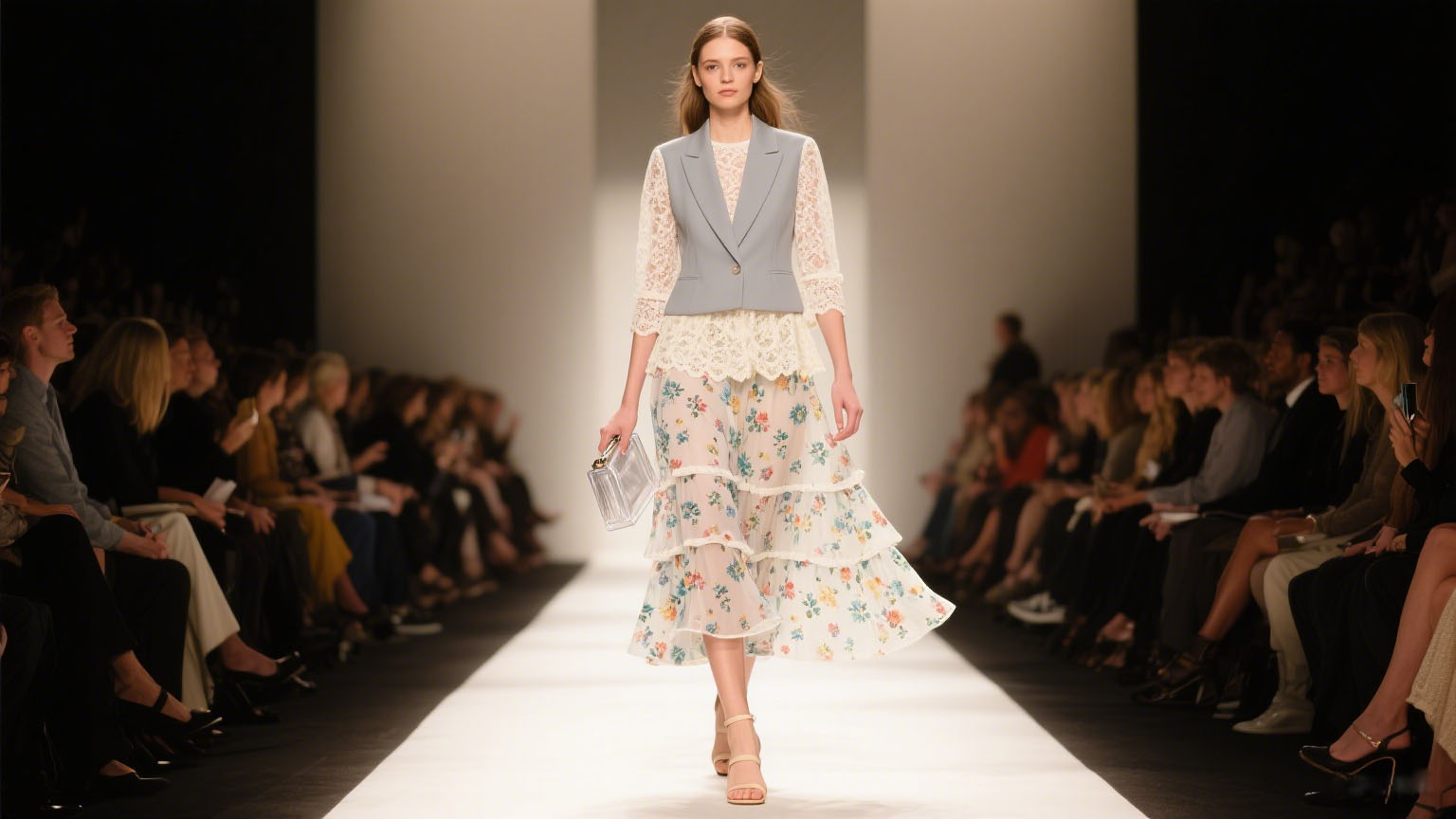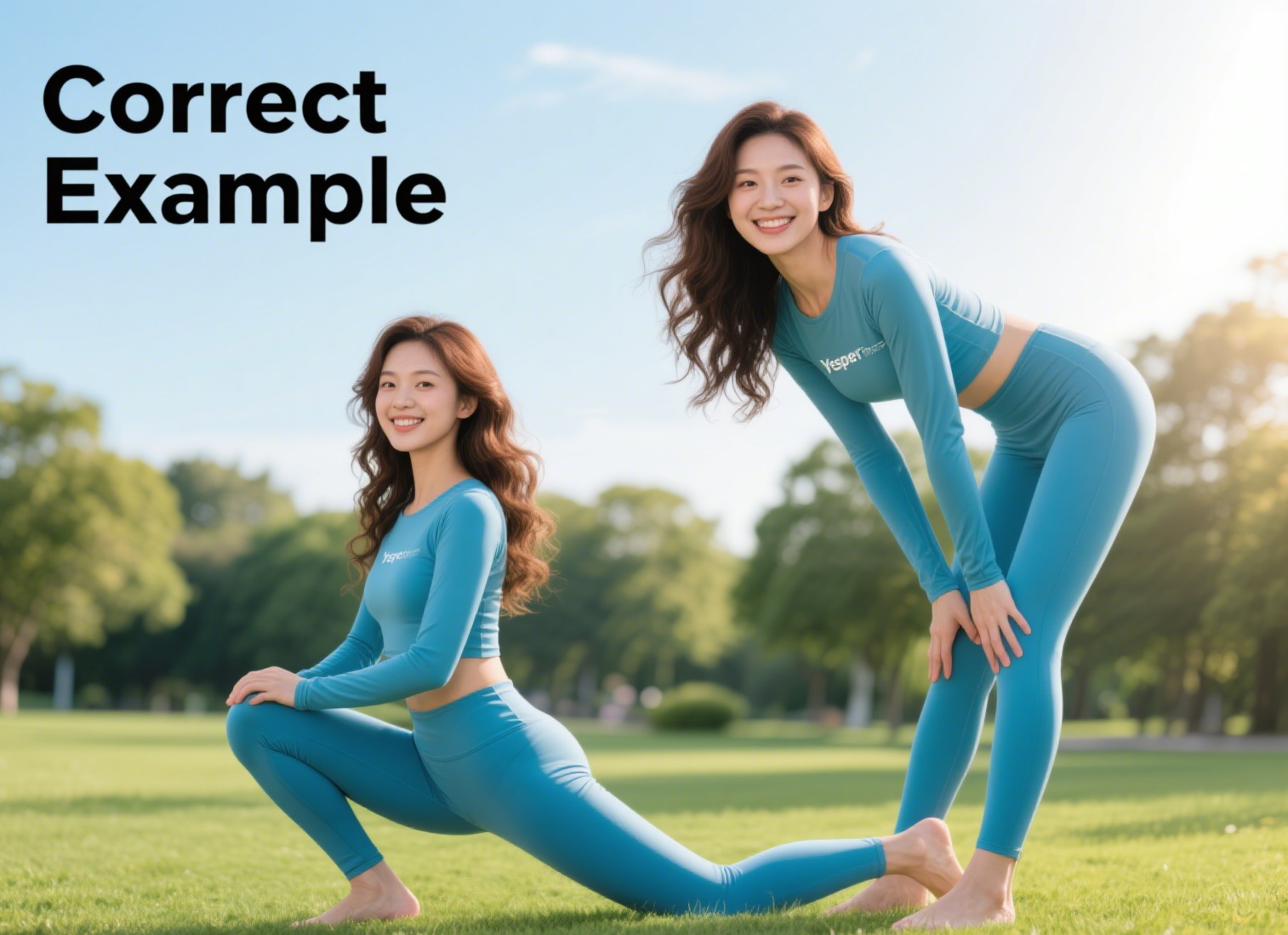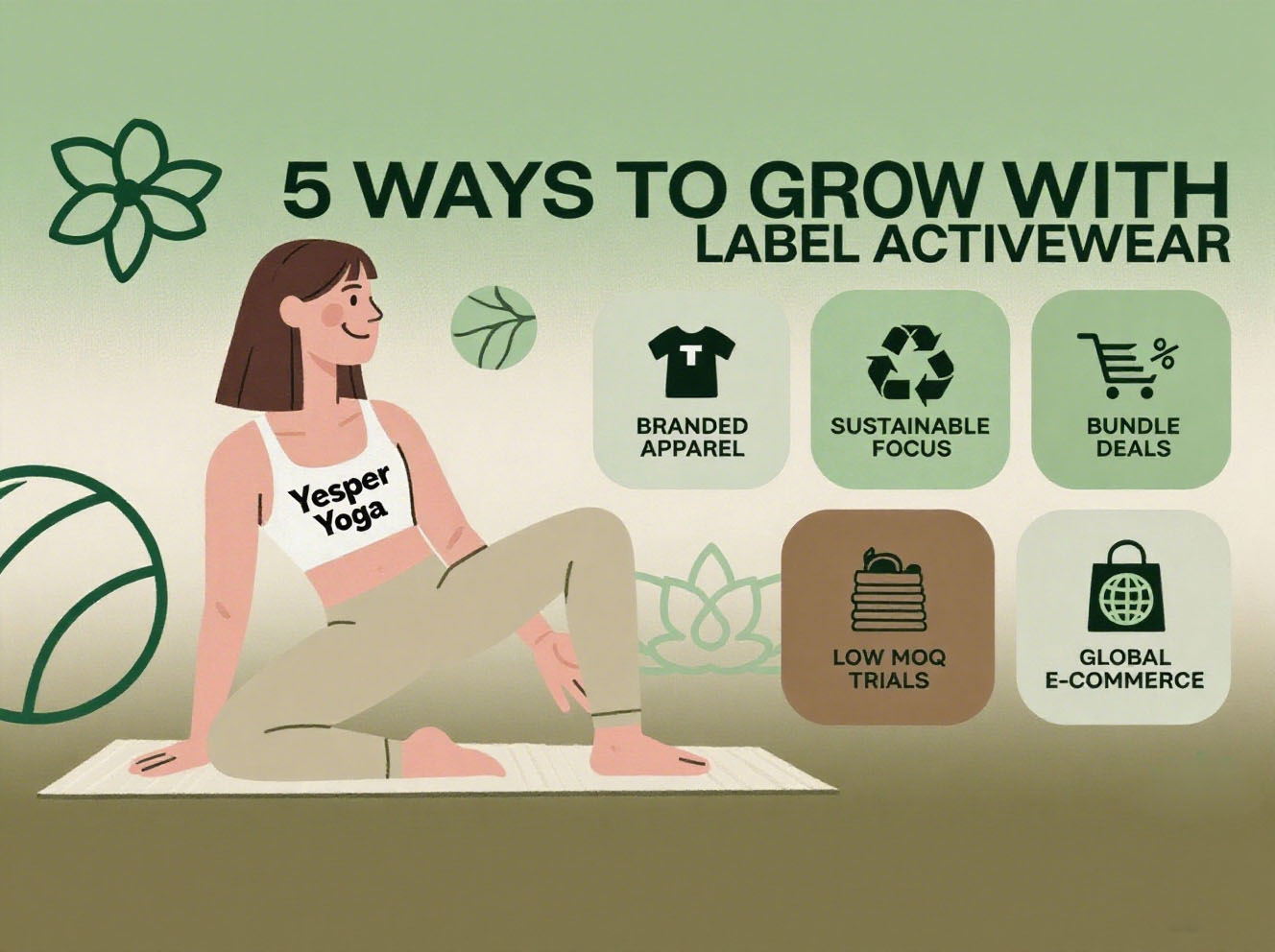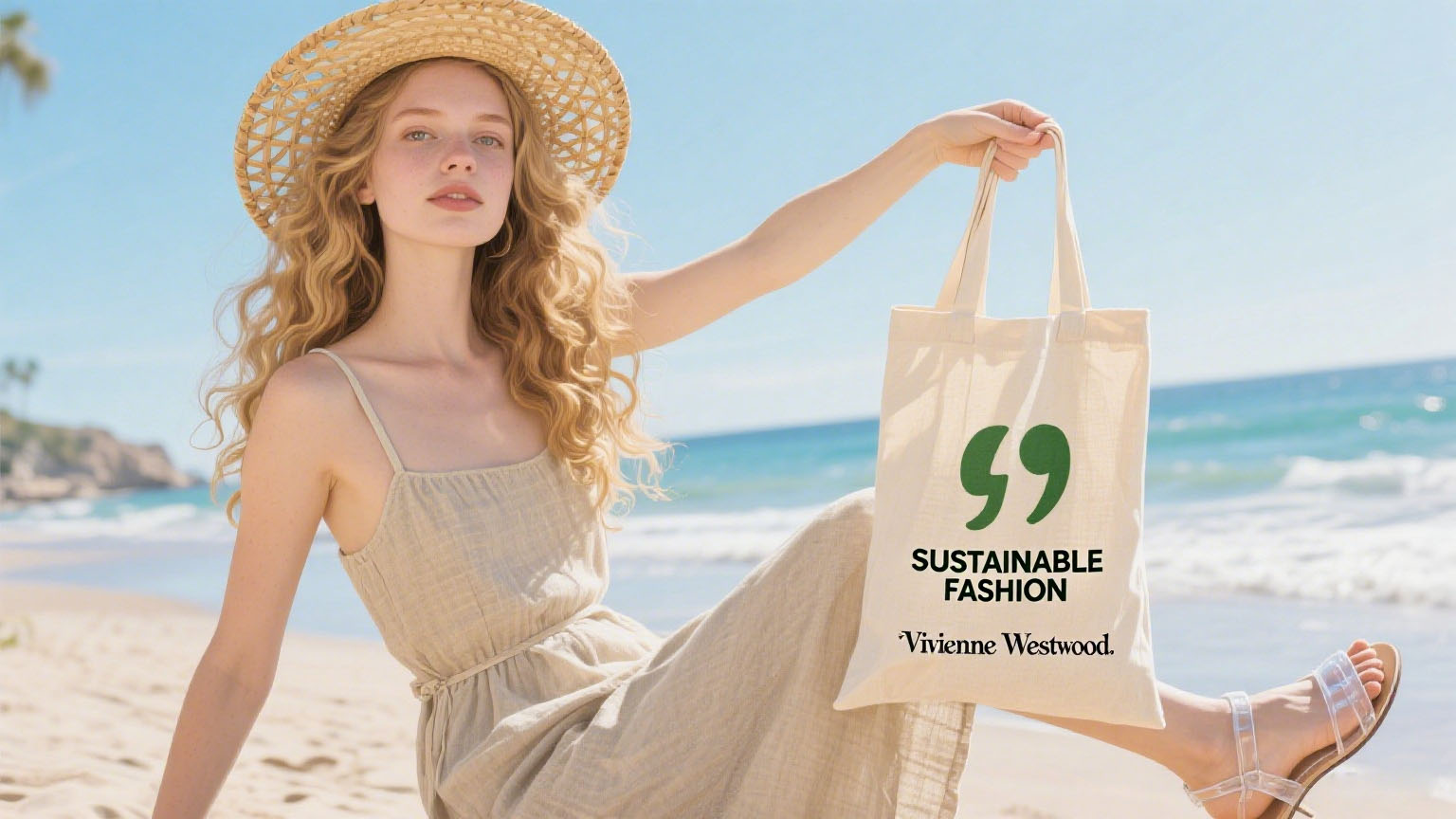European Women’s Fashion 2025: Sustainability and Retro Sports
What Will Be the Trends of European Women's Clothing for Spring and Summer 2025?
Sustainable Innovation and Retro Sports Reshape the Consumption Landscape
The European women's clothing market for Spring and Summer 2025 is undergoing a dual transformation driven by "rational consumption" and "sensory experience". According to a joint report by Amazon and WGSN, the adoption rate of natural fabrics has risen to 42%, with linen, bamboo fiber, and recycled polyester becoming mainstream choices. In the Spanish market, sales of camisole dresses have increased by 35% thanks to their breathable materials. 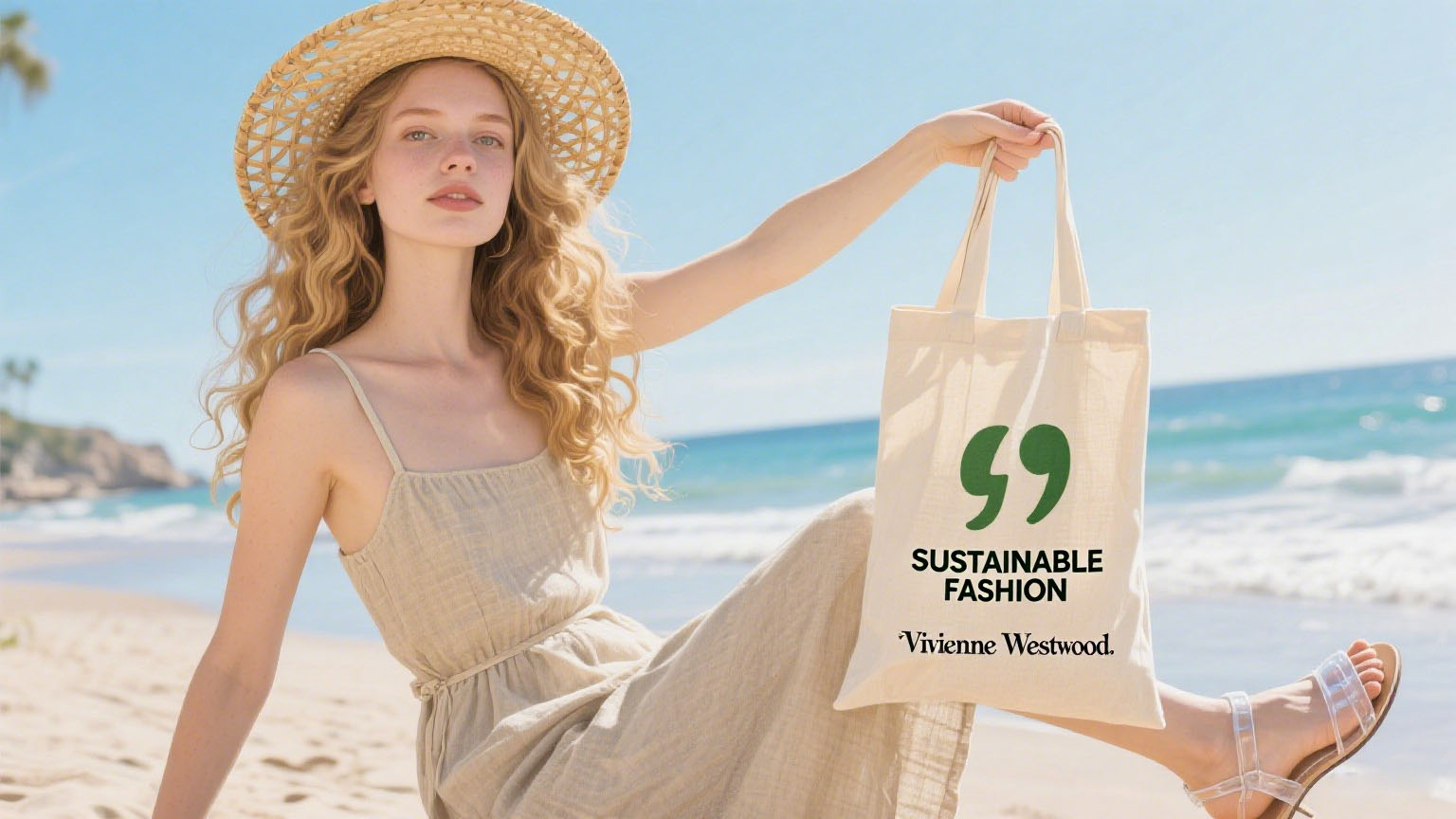
Meanwhile, the concert clothing trend has swept across young demographics. Orders for holographic fabrics have surged by 28%, and in the UK market, tea dresses revamped with iridescent materials have achieved pre-sales of over 50,000 units for a single style. Consumers' obsession with "one garment, multiple wears" has fueled the boom in multi-functional designs—detachable-sleeve dresses and reversible jackets account for 27% of new product launches. Fast-fashion brands, leveraging AI for style selection, have raised the accuracy of bestseller predictions to 91%.
This season's designs strike a balance between nostalgia and innovation. TennisCore content has garnered over 3.7 billion views on TikTok, and items combining sports miniskirts with silk have seen a 48% week-on-week sales growth in the German market. Luxury brands are infusing streetwear DNA into formal attire: Fendi has reimagined sports jackets using polka-dot fur, while the collaborative collection by Sporty & Rich has captured 15% of the premium casual market with retro sweatshirts. 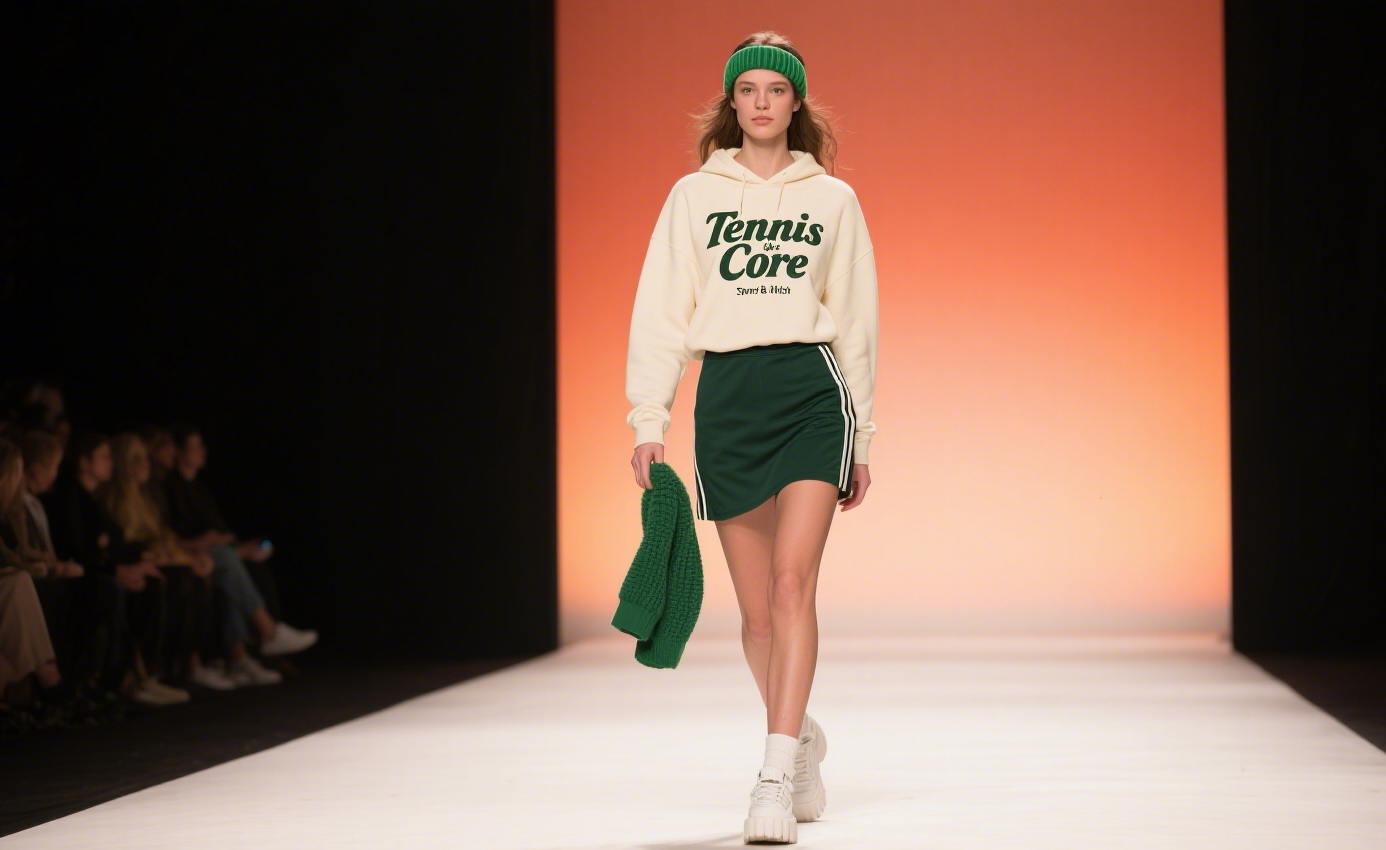
Color strategies show a "bipolarization" trend: midnight blue glossy leather holds 38% of the premium market share, while neon orange sports jackets have achieved a 21% growth rate among Gen Z consumers. Material innovation has become a key driver of market breakthroughs. PORTS 1961's jacquard fabric with reinforced texture patterns mimics urban textures, increasing the premium rate of basic shirts by 60%. 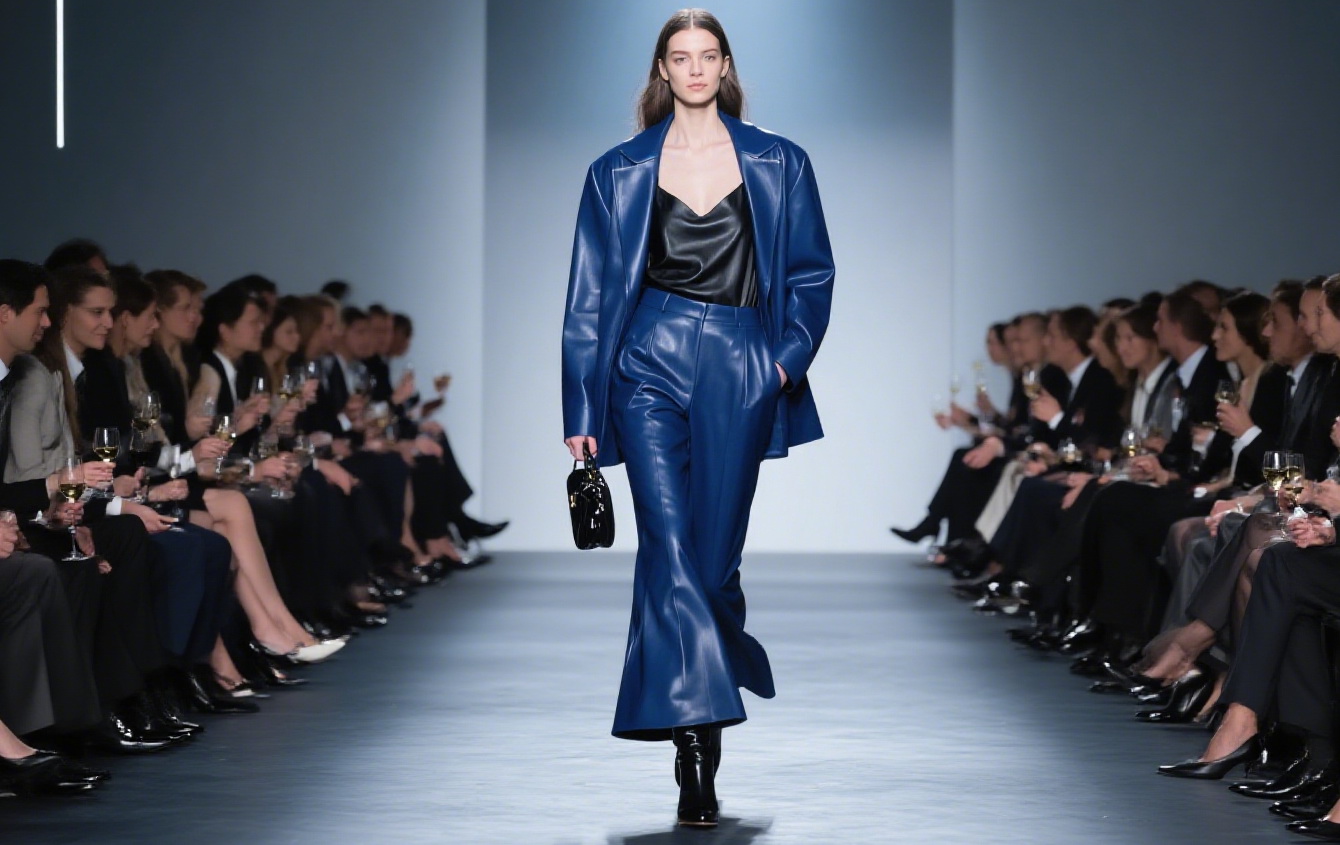
Minimalist design is returning to its essence. Wide-leg pants and straight-leg pants lead the bottomwear market with a 19% growth rate, among which utility pants with hidden pockets have become bestsellers due to their suitability for workplace settings. In contrast, the topwear segment presents a contradictory aesthetic: basic T-shirts enhance their added value through hand-crocheted necklines, creating a 45% premium margin for such items in the Spanish market. Feminine details are quietly upgrading—sales of puffed-sleeve shirts have risen by 33%, and lace-paneled blazers have seen their penetration rate in business scenarios increase to 28%.
Floral patterns have been revitalized through technical printing technology. Thanks to their "seasonless wearability", small-floral chiffon dresses have achieved a repurchase rate twice the industry average in the UK market. This industry reshuffle, driven by sustainability, retro sports, and functional aesthetics, ultimately tests how brands can make a single garment carry both environmental responsibilities and consumer emotions.
